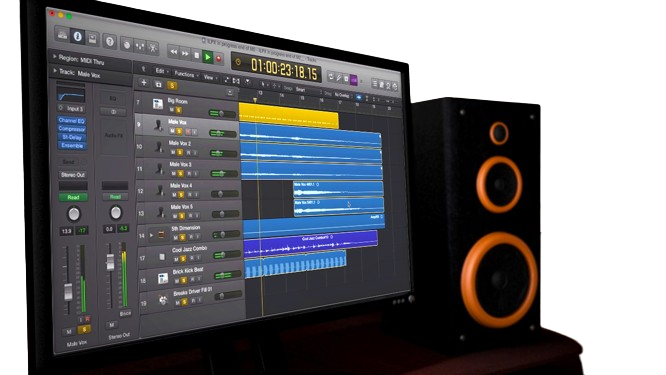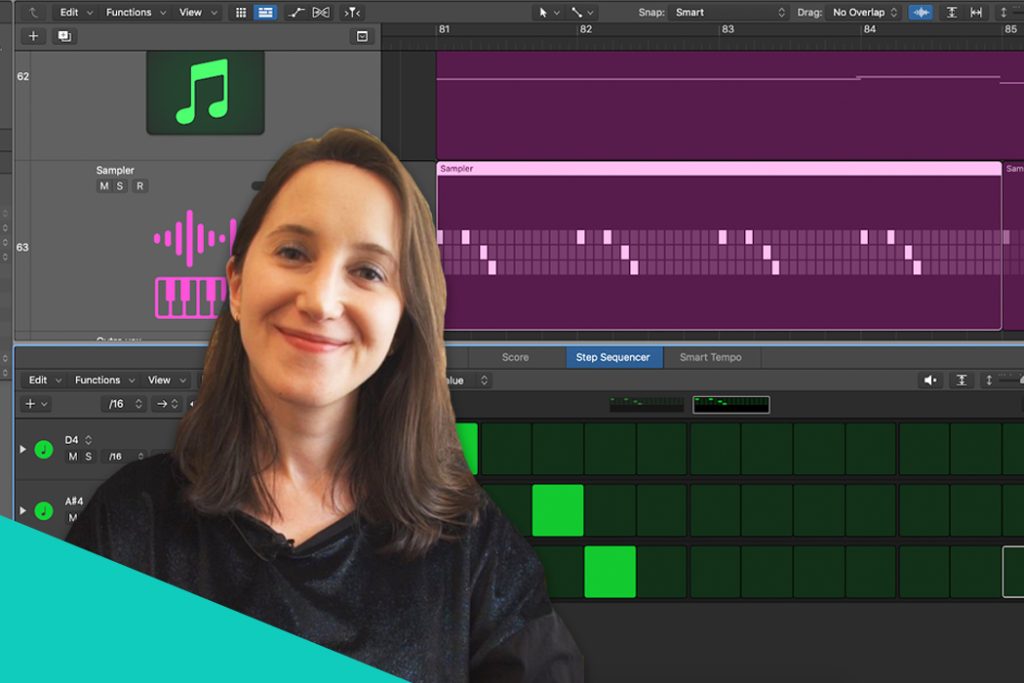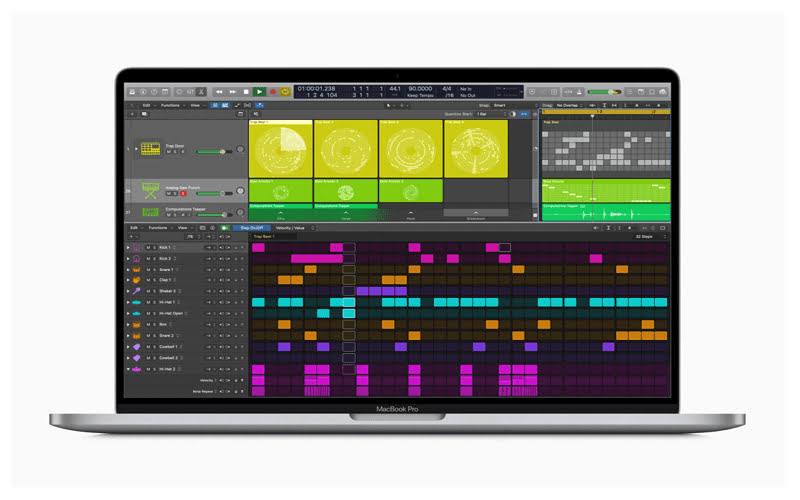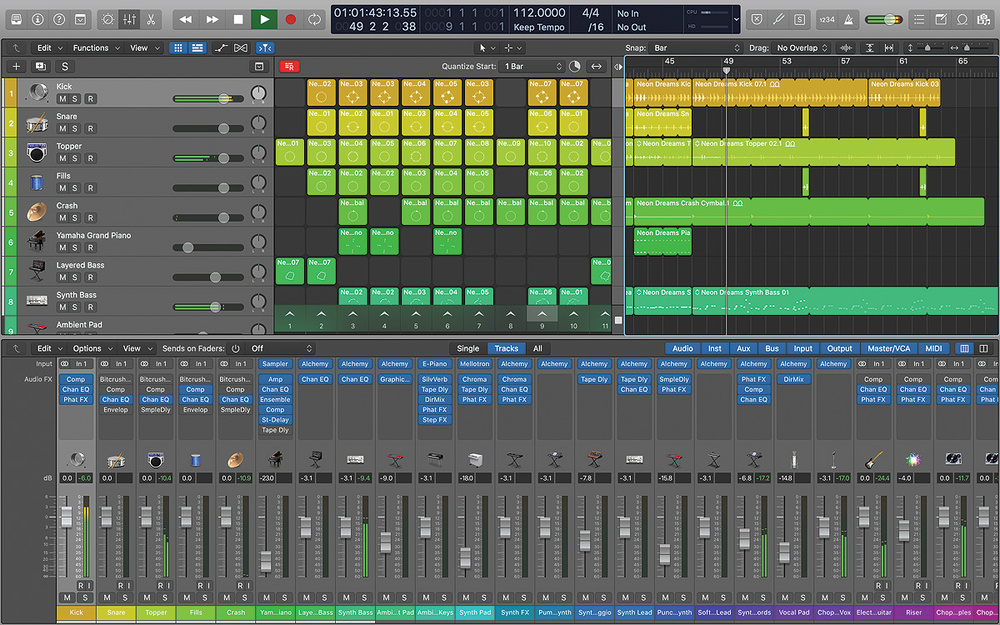What is Logic Pro X?
These are innovative art apps that uses AI to create tasteful, imaginative transformations of images, offering a new dimension of artistic expression.
After reading all of this, you’ll most likely want to check out Logic Pro X, but this might end in disappointment for Windows users. The thing is that Logic Pro X is only available for macOS, and not everyone is filthy rich to be able to afford a Mac. For all of you Windows people, we have come up with this tricks to help you install Logic Pro X on Windows PC.


Requirements
There are a few requirements your PC needs to pass to be able to run or launch VirtualBox:
- The OS has to be Microsoft Windows Vista/7/8/10 – 64 bit
- Pentium IV 1 GHz or better processor.
- 4 GB RAM
- DirectX® 9.0c or greater DirectX®
- 8.5 GB of hard drive space
- A standard audio device
- AMD RADEON HD or higher Nvidia GeForce 200 or higher Intel HD graphics or higher graphics.
How to Download Logic Pro X for Windows?
As said before, there are a lot of steps involved in achieving your goal of getting Logic Pro X on a Windows device. Even if you go wrong in one step, you’ll mess everything up, so stay focused and follow the below steps one after the other.
Step 1: Downloading macOS High Sierra on your Windows device
The first thing you’ll need to do is download macOS High Sierra onto your Windows device. The macOS High Sierra should then be run on the VirtualBox when it is set up. There are many links on the internet to download macOS High Sierra easily, or you can click on the download button below to start the download process directly. After the download is complete, you’ll see that a zip file of macOS High Sierra has been downloaded; you can use any software of your choice to extract the zip file.
Step 2: Setting up VirtualBox
First, find and go to the PC BIOS and then enable the virtualization option. Doing this allows you to create virtual environments like macOS High Sierra, in this case. Now, go to the official VirtualBox webpage, https://www.virtualbox.org/wiki/Downloads, and download the latest version of VirtualBox for Windows. After the download is completed, you’ll have to follow a few on-screen instructions to finish installing and setting up VirtualBox.
Step 3: Set up VirtualBox Environment (Follow these steps carefully)
When you are done with installing VirtualBox, you’ll now need to set up a virtual machine or virtual environment. You’ll have to choose the Create a machine option in your VirtualBox software. After clicking on CREATE A MACHINE, click on the make a NEW choice. Now, select the version to be MacOS 10. 13 High Sierra 64-bit and type in a name.
After being done with the above steps, you’ll now be asked to choose the RAM; it would be better to use 4 GB RAM for the virtual machine. When it comes to the hard disk, you can use a virtual hard disk file. Now, a dialogue box will pop up on the screen. Click on the ADD option, select the macOS High Sierra file you downloaded earlier, and select the Create option.
The process will take a while, so you’ll need patience, but your virtual environment is set up after it’s done. After this is done, you have to choose the number of processors. Now, it’s time for the big step; you’ll have to open the CMD and type in these commands.

You have to type in ‘machine name’ in place of your machine name.

If you’ve followed all these steps correctly, MacOS should install on your device now. Go along with a few on-screen instructions and finish setting up.
Once installed successfully, you will see a screen like this.
Step 4: Downloading Logic Pro X
To download Logic Pro X, go to the app store on your Windows virtual machine, search for Logic Pro X, and click on the download option. Wait for the app to be downloaded and get started with using it.
What are the Best Alternatives to Logic Pro X?
1. FL Studio
If you want to be the next big thing in EDM (or regardless of whether you’re simply looking for enhanced audio editing software), you should take a look at FL Studio. FL Studio is top-notch audio editing software used by many artists such as Porter Robinson, Martin, and others. Like Logic Pro X, FL Studio supports multitrack recording, pitch shifting, and time stretching. It consists of a mixer that provides features such as effect chaining, automation, delay compensation, and more.
Since FL Studio is primarily for music artists, it only supports a few file formats like AIFF, DS, DS, DWP, FLAC, MID, MP3, OGG, SF2, Speech, SYN, XI, and WAV.
2. Adobe Audition
Adobe Audition is one of the most famous music editing software. The software comes stacked with certain mind-blowing features honed by the Adobe team’s decade of experience with professional users. Audition comes with features like multitrack editing and blending that will make your sound editing experience a lot simpler and more proficient. Audition has a few incredible features, including mirror fade, the ability to preserve layer stacks as you move one chunk of the stack, and more.
In addition, it supports most audio formats such as MP3, WAV, AC-3, AIF, AIFF, AIFC, AAC, HE-AAC, CAF, FLAC, PCM, OGG, WMA, and more, and also supports video formats. Like AVI, MP4, MOV, FLV, etc.
3. CUBASE
Steinberg’s Cubase is another sound editing software you should look at. This DAW (Digital Audio Workstation) is used by major artists, including Zedd, Jukie XL, and others. As far as features, Cubase offers entirely of them as well. A frequency equalizer allows you to perform amazingly fragile editing of the frequency of your tracks and an auto-pan function that will enable you to play with your ways quickly.
Moreover, in case you are using plugins, the Cubase plugin guard automatically scans them at startup to make sure they are substantial and won’t damage your system. There is also an Audio-ins feature that allows you to use filters and effects separately for your audio tracks. An Audio-ins feature enables you to utilize filters and products independently for your audio tracks.
Cubase offers a free trial, so you can look at it before choosing if you need to get it or not.
4. Audacity
Audacity is another free and open-source audio editing software available for Windows, macOS, Linux, and other OS. The software is easy to operate and allows to work on multitrack simultaneously. As I said, Audacity is free as it is free, which makes it the most affordable software for anybody hoping to begin with sound editing. It has practically every one of the features you will require. There are many effects, including bass, high pitch, distortion, noise reduction, and more. Audacity also comes with analysis tools like beat search, silence search, sound search, and more.
Also, like most excellent audio editing software, Audacity supports almost all audio file formats like MP3, WAV, AIFF, PCM, OGG Vorbis, FLAC, AC3, AMR, WMA, MP4, and more.
5. LMMS
LMMS is well known open-source software available for Windows PC. The software consists of numerous features similar to Logic Pro X and allows you to edit audio professionally.
For starters, the LMMS comes with multitrack support and has excellent multichannel support with 64 channels per track. It also provides the ability to record audio to monaural, stereo directly, or even multichannel audio files and to record to multiple discs simultaneously for data redundancy if you wish.
6. Garageband
Garageband does not need any introduction as it’s a free digital audio station (DAW) available for MAC Os only. It comes with the ability to play and record live instruments and allows musicians to plug in equipment such as guitars and Piano. As per Alexis from Techiecious, If you don’t find LogicPro X compatible with your system, then opt for Garageband for windows with multiple installing methods.
If you want to know thoroughly about these alternatives, you can follow our detailed Logic pro X Alternatives guide.
Logic Pro X For Windows Interface




Frequently Asked Questions
Ans. No, it’s not available for free.
Ans. No, It’s not officially available, but you can use it on windows by following our guide.
Ans. It’s available for just 199$.
Ans. If you’re a professional editor and looking for high-quality audio work, then this is worth buying.
Conclusion
Though the whole process of downloading Logic Pro X for Windows pc is relatively easy, you may face a little bit of trouble when it comes to entering commands. Indeed It is a vast process, but if you are patient enough, it will be done within 10 to 20 minutes. Before going ahead with the steps, make sure that your device qualifies with the requirements given in the beginning.
Latest Posts
How to Build Your Perfect Logic Pro Template?
Welcome to our new tutorial! Today, we’re diving into Logic Pro to show you how to make your perfect template. Templates are super helpful because they save you time. They’re…
How to Export Movie in Logic Pro X? – Easy Steps
Logic Pro X is a powerful digital audio workstation (DAW) known for its versatility and comprehensive set of tools for music production, but it also offers robust features for handling…
Logic Pro X Alternatives: List of Best Audio Editing Software in 2024
Logic Pro X is one of the best apps out there for professional-level music editing features. But the only catch here is that Logic Pro X is only available on iOS…


